"Magic Roman Phallus" found in a tomb in Serbia (photo)

During excavations in the ancient city of Viminacium in the Kostolac region of eastern Serbia, archaeologists found a Roman phallus known as a tintinabulum. It is believed to have had healing properties in ancient times.
According to Sve O'Arheology, the Viminacium Archaeological Park is located about 100 km east of Belgrade and was once one of the wealthiest Illyrian cities of antiquity.
Read also: Archaeologists in Spain find evidence that people performed skull surgery 4500 years ago (photo)
During the excavations of the civilian settlement, a unique artifact was found - a tintinabulum in the form of a winged phallus, which was used as a talisman.
In the Roman world, tintinabulums were analogous to modern wind chimes, but their symbolism and role were multilayered. They were placed in front of house doors to make noise in the wind and drive away evil spirits and evil eyes.
The found tintinabulum had an unusual shape - it was a winged phallus combined with four bells.
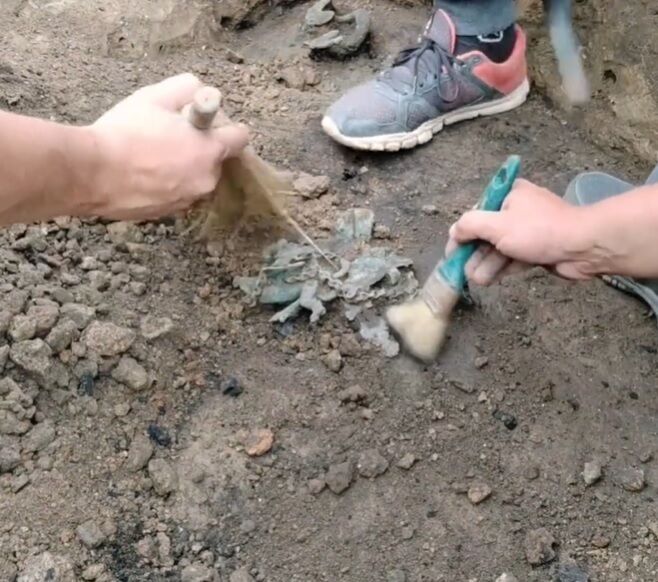
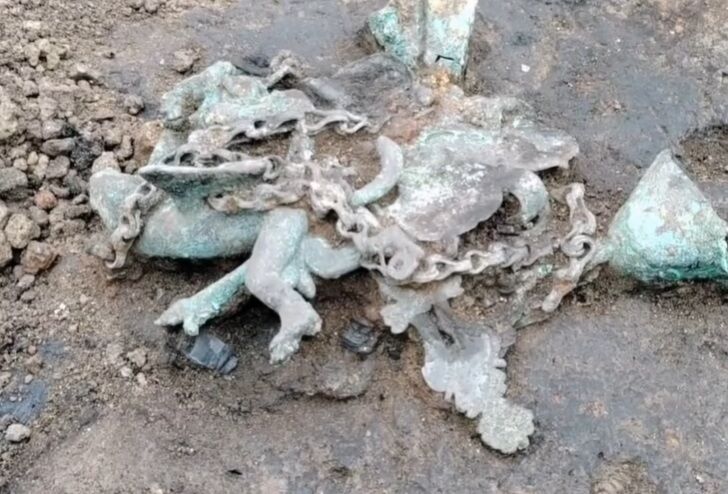

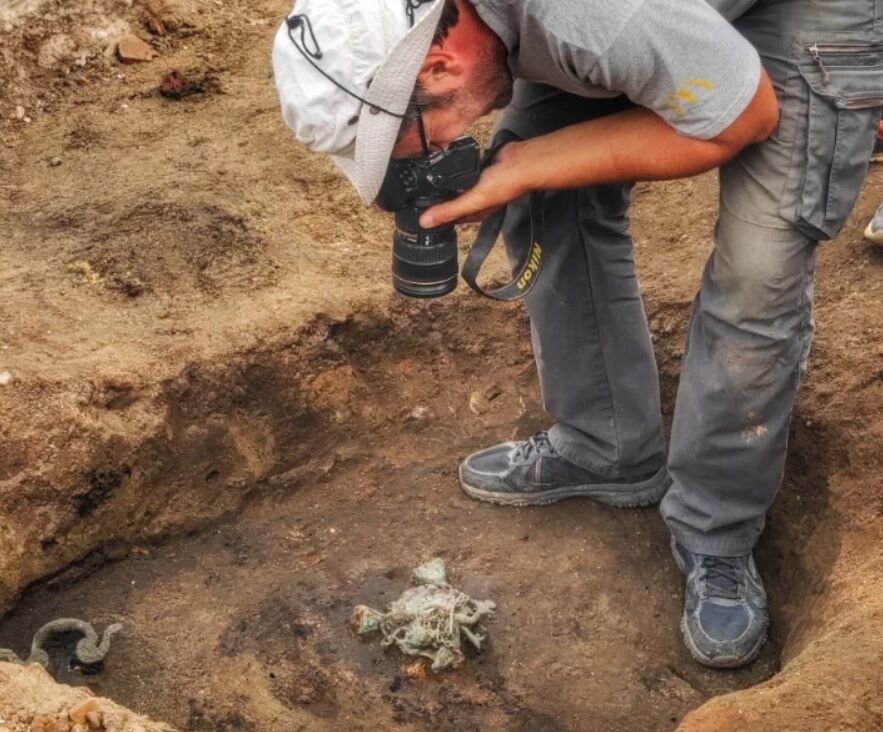

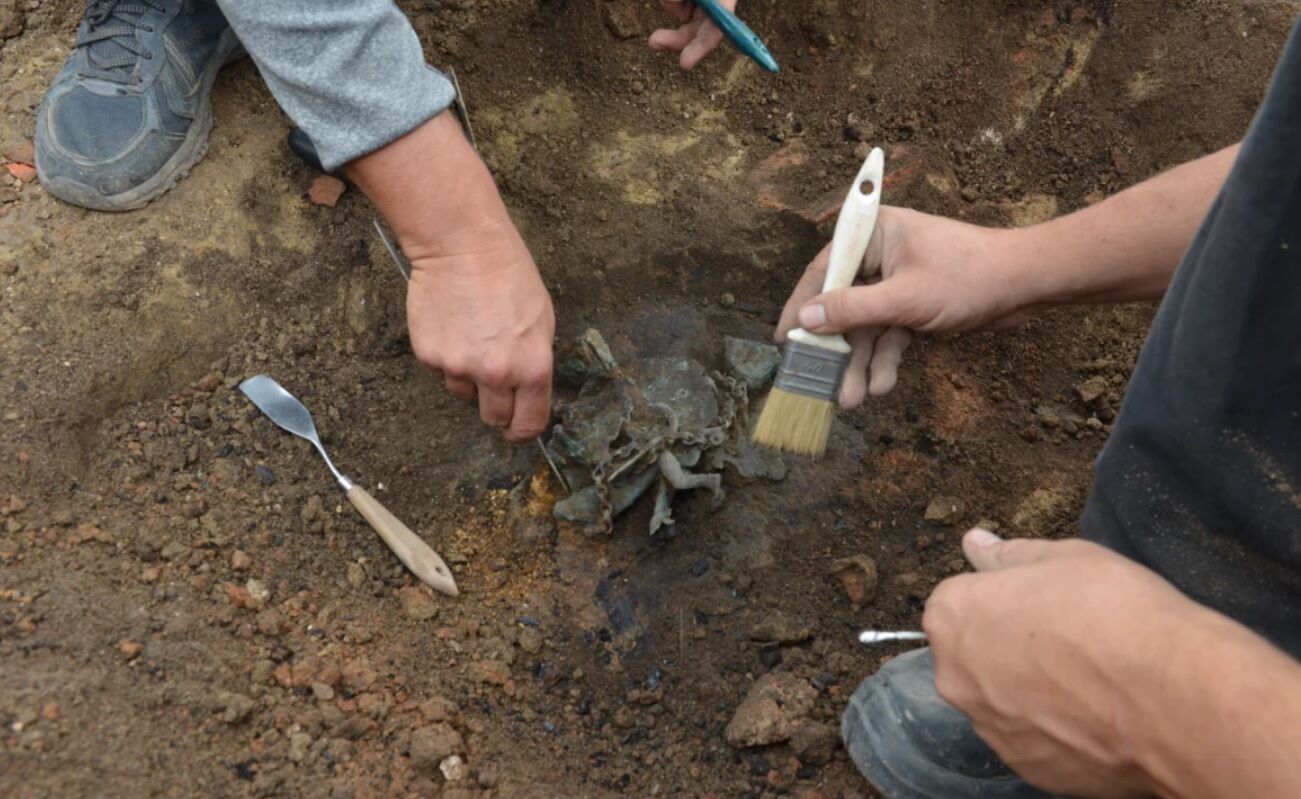

The scientists explained that phallus-shaped objects in Roman artifacts were used as amulets to bring good luck and ward off evil forces. This was especially important for children, and they were worn as protection against dangers and diseases. Such amulets were not erotic, but had a symbolic meaning.
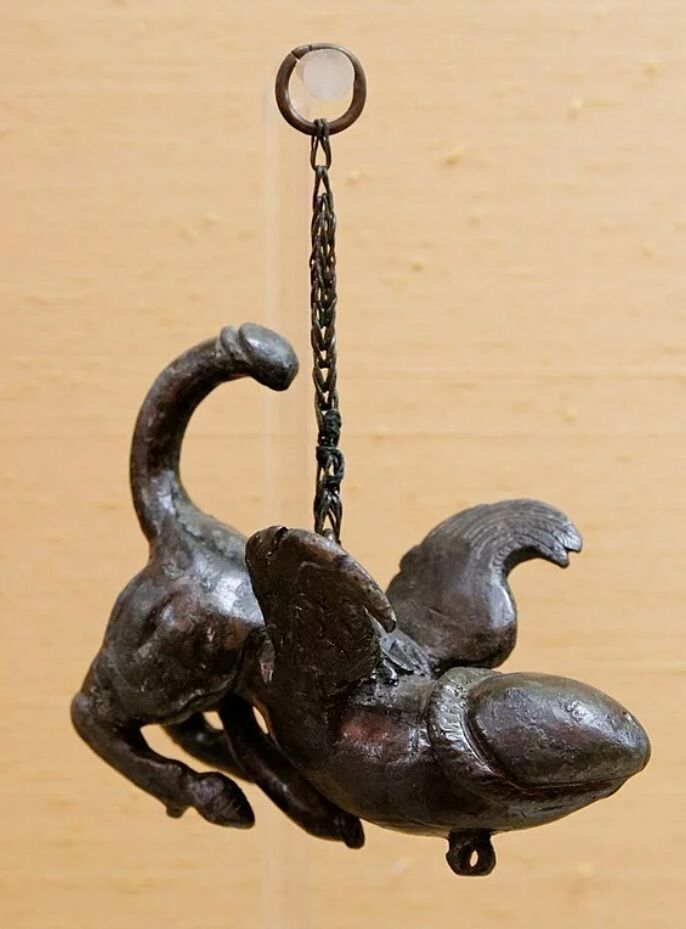
The discovery of the tintinabulum in the Viminacium is noted as "an important step in understanding the cultural and religious aspects of the Roman population."
As a reminder, the tomb of the warrior-trader Mixtec was unearthed in Mexico.
If you want to get the latest news about the war and events in Ukraine, subscribe to our Telegram channel!
